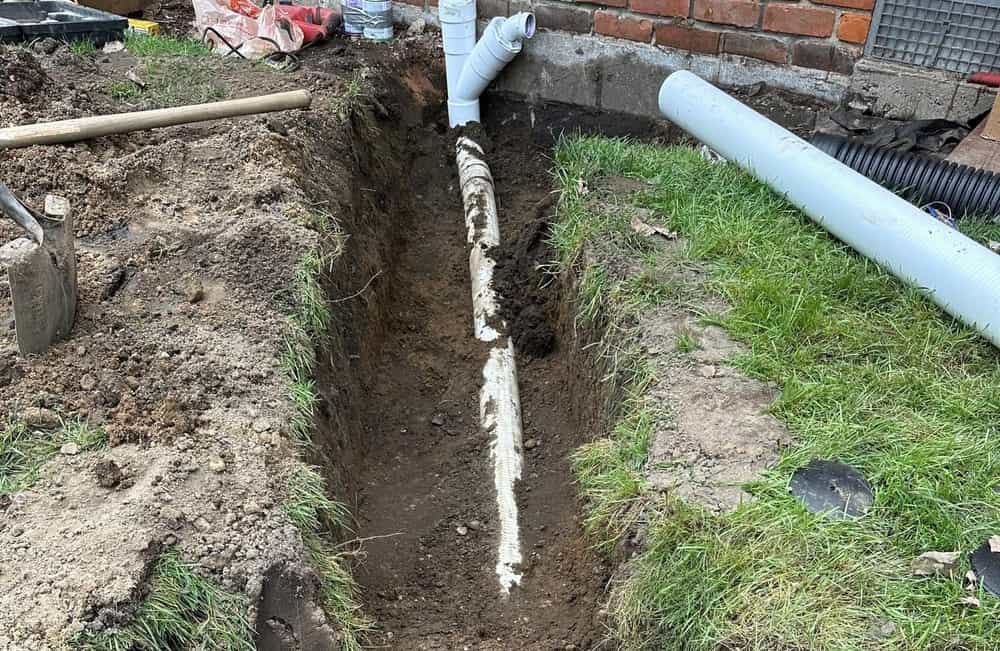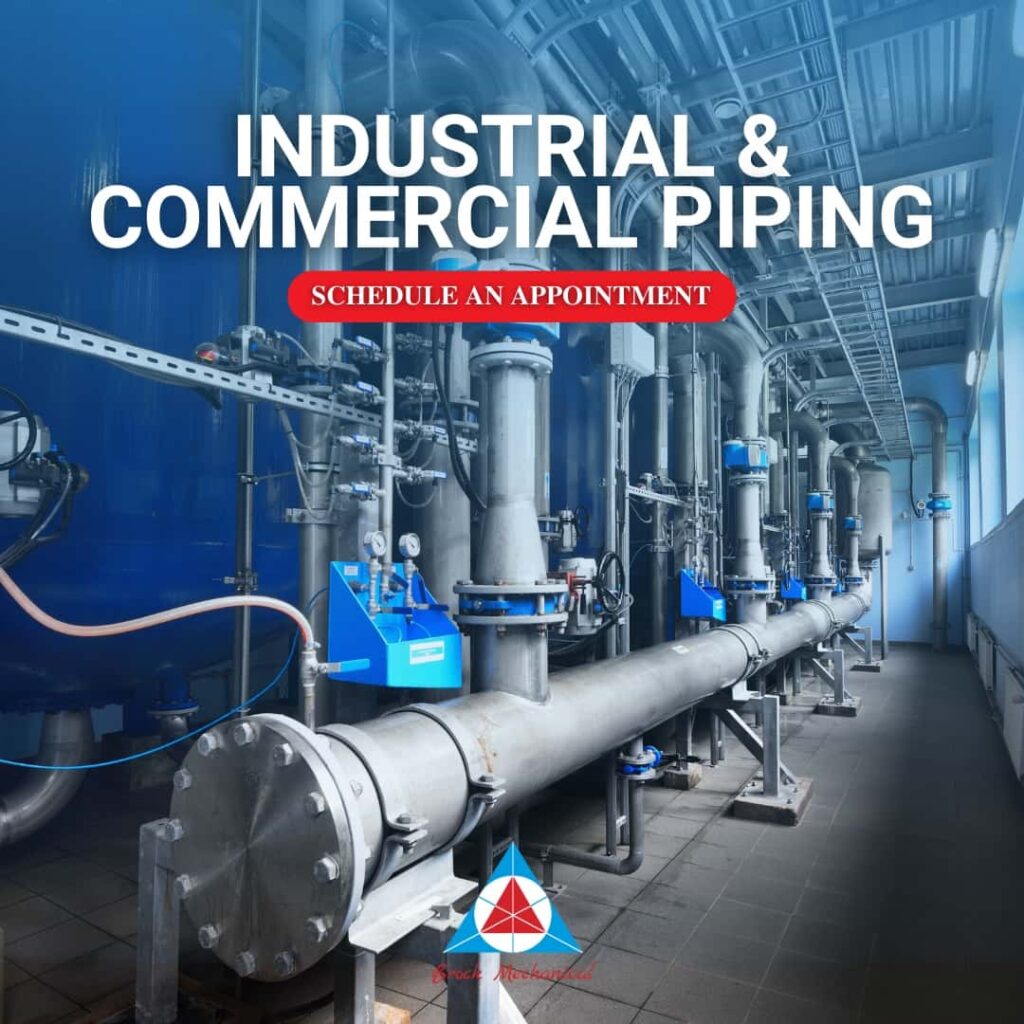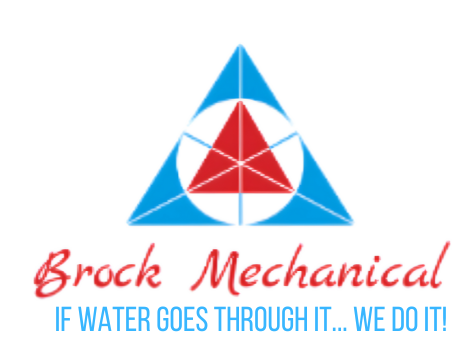
Water lines are essential for delivering clean water to homes and businesses. However, these lines can deteriorate over time due to age, corrosion, or external damage. When issues arise, replacing water lines may become necessary. Our water line replacement specialists in Michigan are equipped to handle these challenges efficiently and effectively.
This blog will explore various solutions for replacing a water line, the average costs involved, and what homeowners and businesses can expect during the process.
Understanding the Need for Water Line Replacement
Water line replacement becomes necessary for several reasons, including:
Aging Infrastructure:
Older pipes made from materials like galvanized steel or lead can corrode, leading to leaks and potential health hazards.
Persistent Leaks:
Frequent leaks may indicate significant damage or wear in the water line, necessitating a complete water service line replacement rather than continuous repairs.
Low Water Pressure:
Mineral buildup and corrosion might limit the water flow, lowering the water pressure in your house.
Water Contamination:
Corroded pipes can leach harmful substances into the water supply, posing health risks.
Solutions for Replacing a Water Line
Several methods are available for replacing water lines, each with advantages and considerations. The selected approach will be decided by elements like the extent of the damage, the type of existing pipes, and budget constraints.
Traditional Trenching
Traditional trenching involves digging a trench to expose the old water line, removing it, and installing a new one. This method is straightforward and practical but can be disruptive, requiring extensive excavation.
Pros:
- Simple and straightforward
- Allows for complete inspection and replacement of the line
Cons:
- Disruptive to landscaping, driveways, and sidewalks
- Longer project duration
Trenchless Methods
Trenchless methods have gained popularity for their minimal disruption and efficiency. Two standard trenchless techniques are pipe bursting and pipe lining.
Pipe Bursting:
- It involves breaking a new pipe through the same opening at the same time as the old one.
- Suitable for replacing severely damaged or corroded pipes.
Pipe Lining:
- Cured-in-Place Pipe (CIPP) involves inserting a flexible, resin-coated tube into the damaged pipe. The resin hardens to form a new pipe within the old one.
- It is ideal for minor to moderate damage without significant blockages.
Pros:
- Minimal disruption to property
- Faster completion time
Cons:
- It may not be suitable for severely damaged pipes
- It can be more expensive than traditional trenching

Average Costs of Water Line Replacement
The cost of replacing water lines can vary widely based on various elements, such as the technique employed, the breadth and depth of the line, local labor rates, and any additional repairs needed. Here’s a breakdown of the average replacement costs.
- Material Costs: $50 – $150 per linear foot
- Labor Costs: $100 – $300 per linear foot
- Total Cost: $3,000 – $7,000 for a 30-50 foot line
Trenchless Replacement Costs
Pipe Bursting:
- Material Costs: $60 – $200 per linear foot
- Labor Costs: $200 – $400 per linear foot
- Total Cost: $4,000 – $10,000 for a 30-50 foot line
Pipe Lining:
- Material Costs: $80 – $250 per linear foot
- Labor Costs: $200 – $500 per linear foot
- Total Cost: $5,000 – $12,000 for a 30-50 foot line
Learn More: Signs You Need Storm Drain Repairs and How to Find the Best Company
What to Expect During the Replacement Process
Understanding what to expect during the water line replacement process can help homeowners and businesses prepare adequately and minimize disruption.
A licensed plumber or water line specialist conducts a comprehensive evaluation. It includes:
- Inspecting the existing water line using video cameras.
- Identifying the extent of the damage and the most suitable replacement method.
- Giving a thorough breakdown of the associated expenses.
Permits and Regulations
Before work begins, necessary permits must be obtained from local authorities. It ensures that the replacement complies with local building codes and regulations.
Preparing the Site
For traditional trenching, the area around the water line will be marked and prepared for excavation. For trenchless methods, entry and exit points for the new pipe will be identified and prepared.
Replacing the Water Line
Traditional Trenching:
- Excavation of the trench
- Removal of the old pipe
- Installation of the new pipe
- Testing the new line for leaks and proper function
Trenchless Methods:
- Accessing the existing pipe through minimal excavation
- Implementing pipe bursting or pipe lining
- Testing and inspecting the new pipe
Restoration and Clean-Up
Once the new water line is installed and tested, the final step involves restoring the site. It includes:
- Backfilling and compacting the soil in the trench
- Repairing any disrupted landscaping, driveways, or sidewalks
- Cleaning up the work area
Ensuring a Reliable Water Supply: Final Thoughts
Replacing a water line is a significant investment to guarantee a trustworthy and secure water supply. Understanding the available solutions, costs, and what to expect can help homeowners and businesses make informed decisions. Whether opting for traditional trenching or modern trenchless methods, consulting with experienced professionals is crucial to achieving the best results and minimizing disruption.
Brock Mechanical offers expert water line replacement services in Howell and surrounding areas, utilizing both traditional trenching and advanced trenchless methods to ensure efficient, minimally disruptive solutions for residential and commercial properties.


